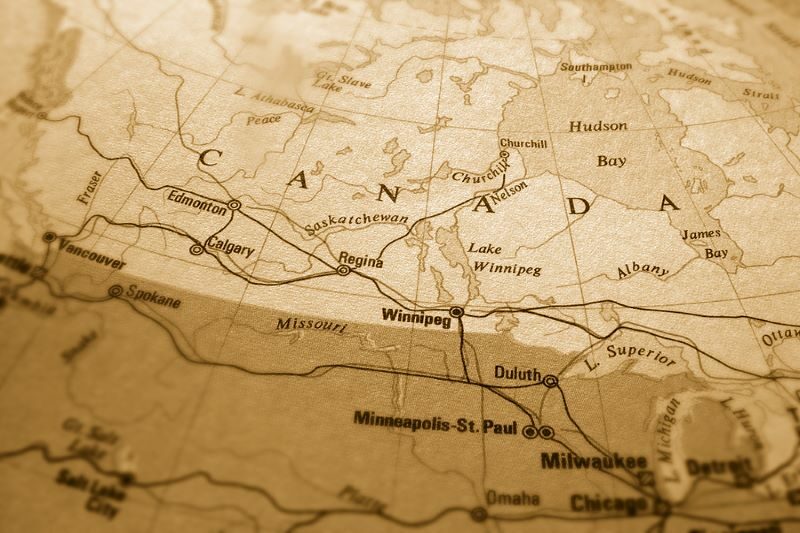Eyal Sivan, head of Open Banking at Axway, explains why ‘strong leadership’ is only part of the way to get Open Banking over the line in Canada, and what it can learn from Brazil’s implementation journey.
1. What is your role at Axway?
Axway CEO Patrick Donovan brought me on to really sharpen our focus on Open Banking and to establish Axway as a leader in the space. My role really breaks down into two responsibilities. On the one hand, I’m a member of a team called the ‘Catalysts’ whose main function is thought leadership. My fellow catalysts and I are global, we speak multiple languages and we’re out there at every API event and API community trying to advise people and really spread the word on how to run proper API programmes. Within Axway, we offer that in the form of specialised consulting and targeted workshops.
The other part of my job is to help develop actual products. So I’m working to bring to market a unique product that is specifically targeted to the Open Banking space. We have been piloting our Axway Open Banking solution in Brazil over the last couple of quarters, to great success, and we’re excited to bring it to other regions.
2. Back in August, when the Government of Canada’s Advisory Committee on Open Banking set out a roadmap for implementation, it recommended that the country adopt a ‘hybrid, made in Canada’ approach to implementation. In your view, what does this look like?
Like many others, I was very encouraged by the Federal Government’s report they released calling for Open Banking in Canada by 2023. I don’t like that it took an election for it to happen, frankly. And I hear from my network that it hasn’t been the banks that are stalling things, it was lack of movement from the Government itself. Largely, the Canadian banks are on board with establishing some kind of an Open Banking framework, so this isn’t resistance from the market per se, this is really hesitation from regulators.
The tone of ‘made in Canada’, a homegrown approach that’s unique to Canada, has been there from the beginning of Open Banking debates here. Historically, this has represented a sort of resistance to automatically adopting the American approach to Open Banking. There are those who look at a ‘made in Canada’ approach and believe it to be something uniquely Canadian, not American, probably more European, but also not exactly European. A standard that we can own and use to ensure that our market remains unique and protected from any outside influences.
When you start to peel the onion, this means aligning payments, digital identity, and an Open Banking initiative in a way that’s unique to a particular region. I think that’s also what is meant by ‘made in Canada’ – make sure that it takes into account the progress we’ve made around identity, privacy and payments.
3. What needs to happen to ensure that Open Banking in Canada is operational by 2023 – is it the appointment of an Open Banking lead or something else?
I do think you need strong leadership, I don’t want to underplay the importance of having strong leadership, and there are some marvellous candidates. I’m a board member of the OBIC, which is the Open Banking Initiative Canada – a non-profit trying to drive Open Banking in Canada – and through our network we’re trying to reach out to people who we think might be good candidates and encourage them to step up.
 However, it seems to have turned into a little bit of an excuse to not do anything until they have figured out who the Open Banking lead is. And I wish that on the back of the report, we could see some tabled timelines and some actual creation of committees, even a schedule for finding the lead would be nice. The report said all the right things, but it was a little light on the commitments.
However, it seems to have turned into a little bit of an excuse to not do anything until they have figured out who the Open Banking lead is. And I wish that on the back of the report, we could see some tabled timelines and some actual creation of committees, even a schedule for finding the lead would be nice. The report said all the right things, but it was a little light on the commitments.
Since the publication of the report, there doesn’t seem to be any ongoing activity. At the OBIC, and I know at other organisations, we’re trying to keep waving the flag and encouraging them to keep working on it. And we’d like to see those timelines published from the Government.
4. What can Canada learn from Brazil and how it has implemented Open Banking?
Axway has been very active in Brazil and Brazil has done an absolutely phenomenal job over the past year going from very little to basically full blown, regulated, live in production Open Banking, or at least the beginnings of it. They’ve done it with the help of some very strong partners, often specialists who come from regions that have already done Open Banking, like the UK or Europe. They’ve been very aggressive with dates, and really pressing their banks to step up to the plate and start to deliver.
They also focused on very pragmatic things, like the design of the APIs themselves, a sandbox and a test suite, so that banks can actually check if they’re certified – practical technology elements that are designed to help banks comply and accelerate the development of their Open Banking APIs.
But I think what we have to try and avoid in progressing Open Banking in Canada, is yet another round of, ‘do we adopt standard x or standard y?’ or another year of analysis. To sum up, we need to keep moving, take practical steps towards delivering real technology, not just talk.
5. Can you tell us more about the Axway Open Banking product you mentioned?
We already have an industry-leading API management tool and what we wanted to do was take this base that we have – this proven technology – and then build a kind of accelerator on top of it, that allows banks and others who want to join the Open Banking ecosystem to very easily get a ready-made, cohesive, complete Open Banking solution.
That’s what we see as our unique differentiator, that we’re bringing in a complete front-to-back Open Banking solution, together with 20 years of integration software experience, to let you manage not just the external API which is your outward-facing presence, but your internal APIs and the increasingly complex environment you have to manage internally.
6. Can you reveal your plans for Axway in Latin America?
We’ve been keeping tabs on what’s been happening in the other countries in South America, notably Mexico with their FinTech law.
Where we’re starting to see some really amazing action is Uruguay, Paraguay and Chile. So smaller countries in South America are starting to step up and say, ‘we get this, we want to be a part of it’. The approach that Brazil took, which was largely inherited from UK OBIE [Open Banking Implementation Entity], is now spreading around South America.
It’s interesting to note that Mexico has always been loud and clear that they want to do their own thing – ‘made in Mexico’ – that is more advanced than the other countries, something more akin to Australia, perhaps more crypto-friendly. But there has been a lack of actual movement.
Meanwhile, Brazil by adopting the OBIE, has moved very quickly and I think other countries in South America are eager to do the same. In Chile it looks like they’re going to take a more market-driven approach. South America is definitely a region to watch alongside Africa and the Middle East.
So, yes, we see South America as an opportunity to grow. But what we’re really excited about is coming to North America. We think the timing is right, we think the signals are there, including the signal from the White House shortly after the presidential election. America seems to be moving towards something a little more organised, or at least a little more standardised.
7. As the industry gears up for 2023, what do you think will be some of the key developments in the Canadian market over the coming 12 to 24 months?
While I lament the lack of timeline, I do think we will see Open Banking in Canada by 2023 – maybe not the beginning of 2023. It’s encouraging that we’re starting to see the right movement.
But I think the story is going to have to be different in North America for this to work. It won’t be enough for the governments to say, ‘here’s a mandate’, like the approach that was taken with PSD2 [in Europe] or UK Open Banking. I think we are going to see a unique combination of market-driven and regulatory-driven, both here in Canada and in North America at large.









